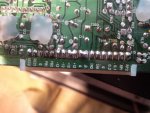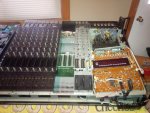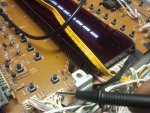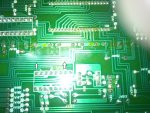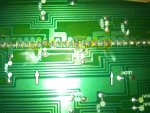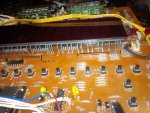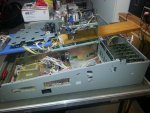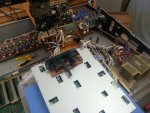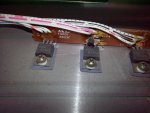j.harv
@#$%
I may be jumping to conclusions here, and it could me more intermitent shenanigans. I went ahead and opened up the relays on the bad cards. Sweetbeats mentioned this earlier. They opened up fairly easy and I cut a thin strip of paper soaked in a little deoxit and ran it through the contacts.
After doing this, things seem to be working now. Even when I nudge the card when playing back, Im not getting the muffled rumbnling sound and the playback is not fading in and out.
Hoping this is it. I'm gonna keep doing some more recording tests on the 2 suspect tracks throughout the day to see if the fix holds.
Edit... Sorry about posting the pic.Couldn't delete it. I was gonna ask about the two +12 solder points that are bridged together on this one card. I just realised they they share the same path. It's not like that on any of the other cards.
After doing this, things seem to be working now. Even when I nudge the card when playing back, Im not getting the muffled rumbnling sound and the playback is not fading in and out.
Hoping this is it. I'm gonna keep doing some more recording tests on the 2 suspect tracks throughout the day to see if the fix holds.
Edit... Sorry about posting the pic.Couldn't delete it. I was gonna ask about the two +12 solder points that are bridged together on this one card. I just realised they they share the same path. It's not like that on any of the other cards.

